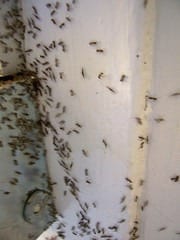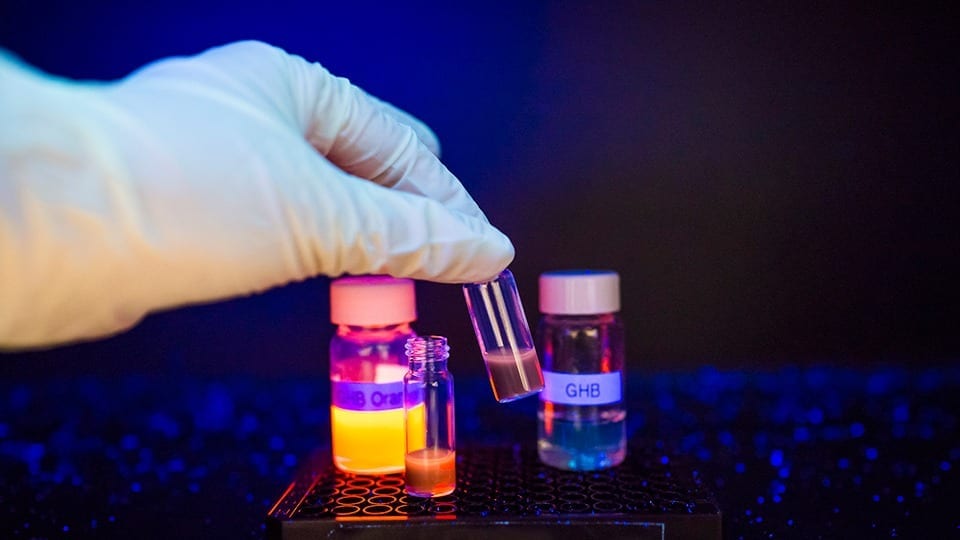
Scientists have started applying lessons from how ants operate to the corporate world. The result: fewer meetings, more time working, and tasks completed much more quickly.
Ants may free us from that scourge of modern society: the meeting (and maybe even the overbearing boss).
If that sounds like a bit of an exaggeration, know that scientists are serious about recruiting ants to improve human collaboration. Ants pull off remarkable feats of collective cognition and action with no one (not even the queen) running the show. Despite possessing tiny brains, the world’s roughly 11,000 species of ants regularly construct massive colonies, share food, repel intruders, and formulate efficient foraging strategies without the help of a single memo or meeting.
The secret is uncoordinated decision making. Ants perceive and react to the world through the lens of the colonies’ thousands (or millions) of tiny interactions, rather than a single agent’s directions. This collective intelligence is far more efficient and effective than any individual. In a way, ant colonies act as an enormous brain: Each individual isanalagous to a neuron in the human brain. Intelligence is embedded in the interaction of the many parts.
Ant algorithms (PDF) are already a thriving industry in computer science, artificial intelligence, and robotics. But human groups tackling complex problems also face dilemmas similar to ants: how to make efficient, accurate decisions among many compatriots. So scientists at Wayne State University drafted ant-inspired algorithms to find the optimal balance between the time spent on planning and execution when moving a product from concept to market. Kai Yang, a professor of industrial and systems engineering at Wayne State, used mathematical models of ant behavior–“non-discrete ant colony optimization” in the scientific lingo–to model the creation of a mobile phone product on time with the highest levels of quality.
“You need to find the sweet spot of ‘right amount of communication, at right time,’ and ‘good quality’ to make the whole work together seamlessly,” says Yang by email. Corporate teams waste significant time coordinating among different groups and specialities. Managers must always decide (usually sub-optimally) on the tradeoff between time spent in meetings (potentially wasting time) and building something (potentially locking in mistakes). Yang and his team applied how information is transferred among ants using long-term pheromone trails (chemical messages) to disparate project teams. The goal: to minimize the hypothetical product development cycle time at the lowest possible cost.










